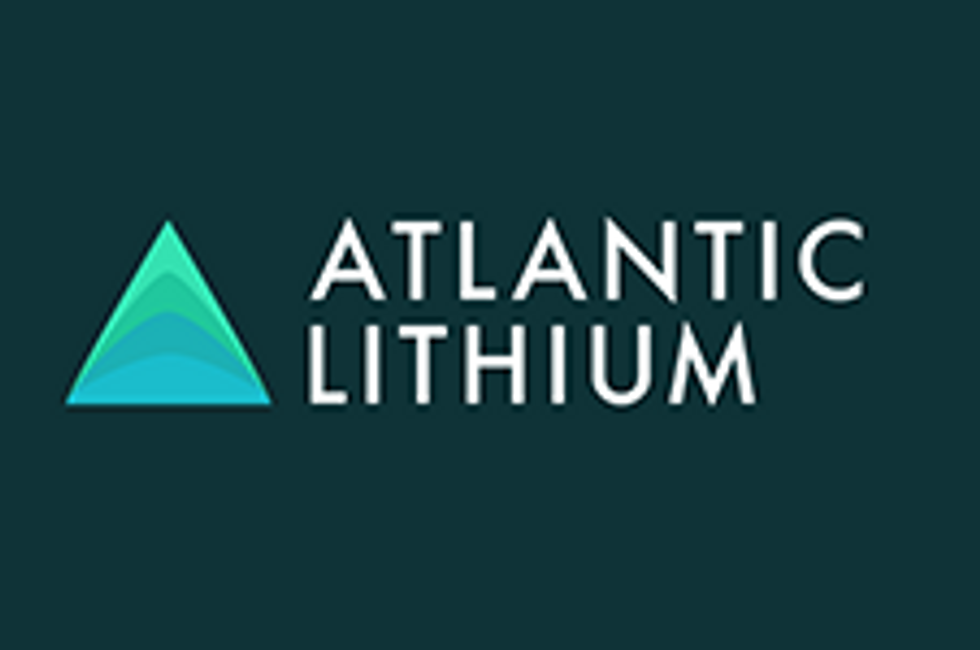Critical Elements submits an environmental impact study for its Rose lithium-tantalum project

Critical Elements Corporation (the “Corporation” or “Critical Elements”)(TSXV:CRE,OTCQX:CRECF,FWB:F12) has announced that its environmental impact study (“EIS”) for the Rose Lithium-Tantalum Project was officially submitted to the Environmental and Social Impact Review Committee (“Committee” or “COMEX”) and the Canadian Environmental Assessment Agency (“CEAA”). Submission of the EIS, which was developed by WSP, is an important step in …
Critical Elements Corporation (the “Corporation” or “Critical Elements”)(TSXV:CRE,OTCQX:CRECF,FWB:F12) has announced that its environmental impact study (“EIS”) for the Rose Lithium-Tantalum Project was officially submitted to the Environmental and Social Impact Review Committee (“Committee” or “COMEX”) and the Canadian Environmental Assessment Agency (“CEAA”).
Submission of the EIS, which was developed by WSP, is an important step in the process of obtaining authorization for the project. The EIS was submitted to COMEX in accordance with Chapter II of the Quebec Environment Quality Act and to the CEAA in accordance with the Canadian Environmental Assessment Act (2012).
The environmental impact study conducted as part of the potential startup of the Rose Project sets out the environmental footprint of the project, the methods for identifying potential social and territorial impacts, and the various initiatives proposed.
“The EIS is a recognized tool for ensuring better integration of projects in the community and contributing to sustainable development,” said Jean-Sébastien Lavallée, Chairman and CEO of the Company. “Submitting this study is very important to us and it represents a major step in the process to bring about the Rose Lithium-Tantalum Project. We believe it’s critical to carefully analyze the impacts, both environmental and social, and we will improve each and every aspect that we can. The study is now in the hands of competent authorities and we are open to discussing findings and next steps with them.”
Jean-Sébastien Lavallée (OGQ # 773), geologist, shareholder, Chairman and CEO of the Corporation, and “Qualified Person” under Regulation 43-101, revised and approved the technical content of this press release.
About Critical Elements Corporation
A recent financial analysis (Technical Report and Preliminary Economic Assessment (PEA) on the Rose lithium-tantalum Project, Genivar, December 2011) of the Rose project, 100% owned by Critical Elements, based on price forecasts of US $260/kg ($118/lb) for Ta2O5 contained in a tantalite concentrate and US $6,000/t for lithium carbonate (Li2CO3) showed an estimated after-tax Internal Rate of Return (IRR) of 25% for the Rose project, with an estimated Net Present Value (NPV) of CA $279 million at an 8% discount rate. The payback period is estimated at 4.1 years. The pre-tax IRR is estimated at 33% and the NPV at CA $488 million at a discount rate of 8%. (Mineral resources are not mineral reserves and do not have demonstrated economic viability). (The preliminary economic assessment is preliminary in nature). (See press release dated November 21, 2011.) The PEA includes inferred mineral resources that are considered too speculative geologically to have economic considerations applied to them that would enable them to be categorized as mineral reserves and there is no certainty that the preliminary economic assessment will be realized.
The conclusions of the PEA indicate that the operation would support a production rate of 26,606 tons of high purity (99.9% battery grade) Li2CO3 and 206,670 pounds of Ta2O5 per year over a 17-year mine life.
The project hosts a current Indicated resource of 26.5 million tonnes of 1.30% Li2O Eq. or 0.98% Li2O and 163 ppm Ta2O5 and an Inferred resource of 10.7 million tonnes of 1.14% Li2O Eq. or 0.86% Li2O and 145 ppm Ta2O5.
FOR MORE INFORMATION:
Jean-Sébastien Lavallée, P.Geo.
Chairman and Chief Executive Officer
819-354-5146
jslavalle@cecorp.ca
www.cecorp.ca
Investor Relations:
Paradox Public Relations
514-341-0408
Neither the TSX Venture Exchange nor its Regulation Services Provider (as that term is defined in the policies of the TSX Venture Exchange) accepts responsibility for the adequacy or accuracy of this release.
Source: www.cecorp.ca





